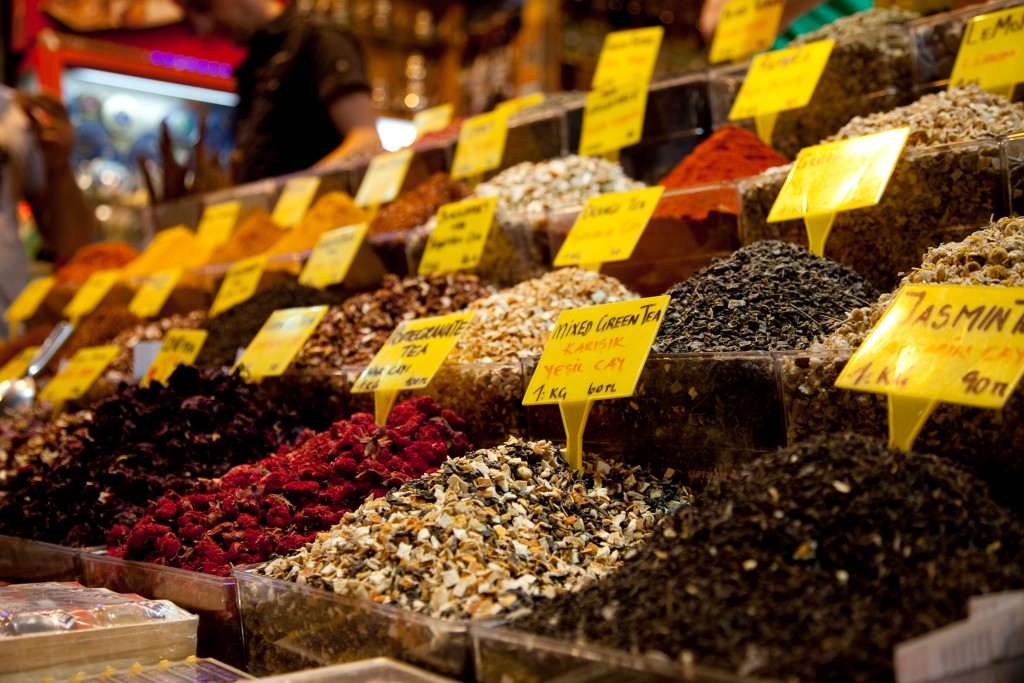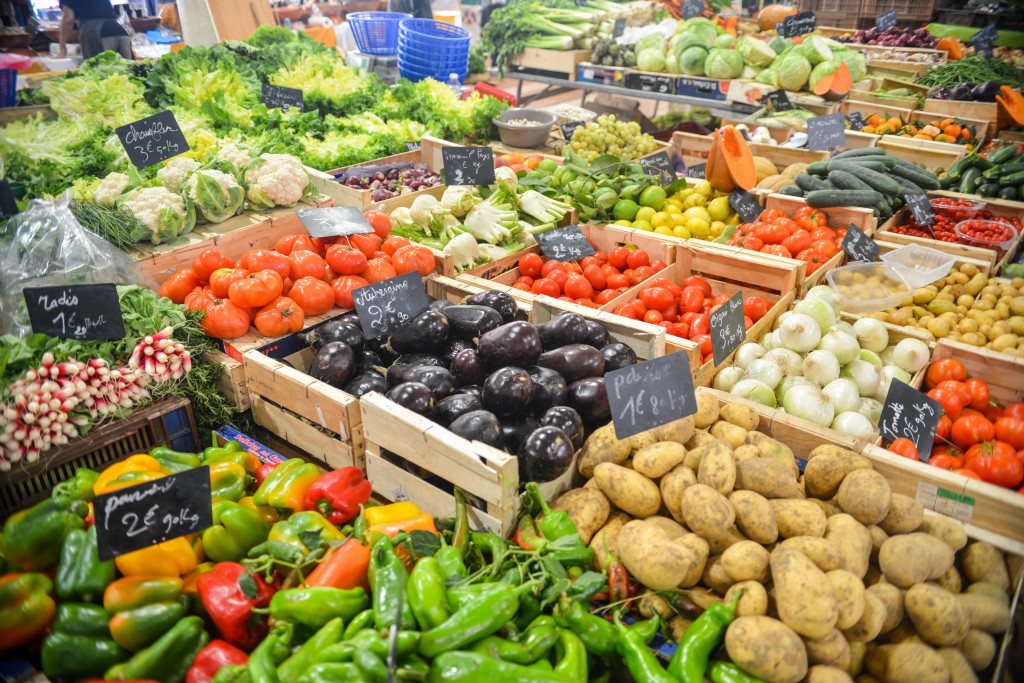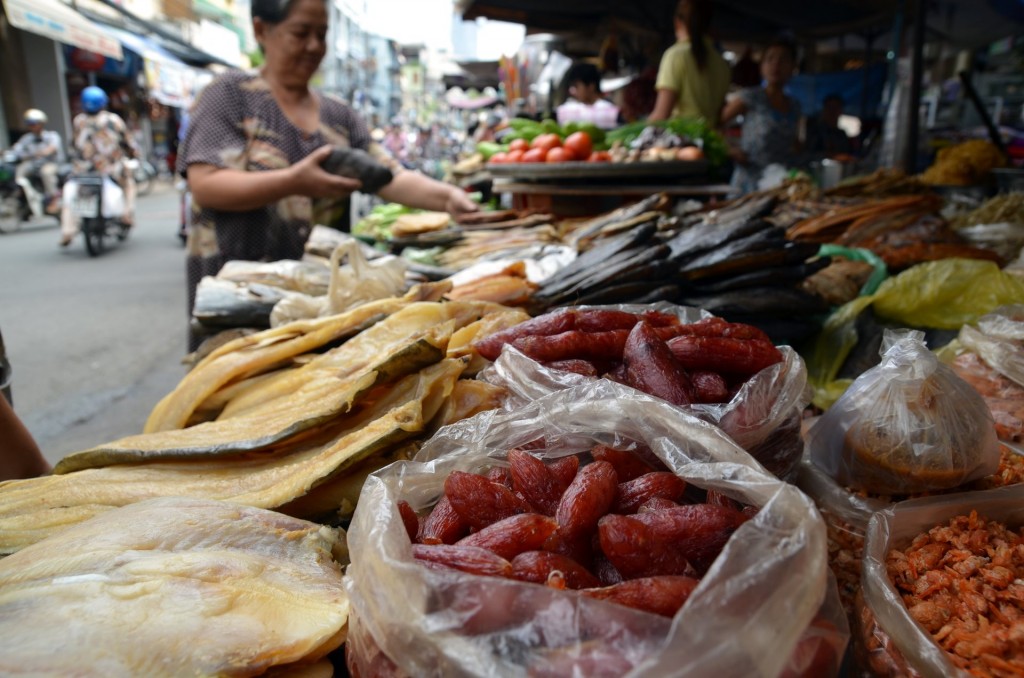There has been much comment and controversy on the extent to which the recent UN summit on the world drug problem reflects a more tolerant and less punitive approach, but there is one key area of the outcome declaration that has received much less attention – the review of strategies, and plans for the future, for reducing the supply of drugs.
My reading of these sections of the declaration is that, whatever you think about the value and consequences of supply reduction activities, there is a worrying lack of analysis of the effectiveness of current strategies, and no sign of new ideas and tactics that might produce better results.
Reducing the illicit supply of drugs remains central to global drug control strategies. The much vaunted ‘consensus’ of global prohibition has for decades been based on these principles:
- That the consumption of controlled drugs is a threat to society, and should therefore be eradicated, or at least reduced to the minimum possible level.
- That this aim, expressed previously as a ‘drug free world’ and in this declaration as a ‘society free of drug abuse’, is the ultimate aim of drug policy, and is an aim that can be achieved.
- That key elements of the strategy to achieve this aim are the eradication of crops used in the production of controlled drugs, the interception of wholesale distribution of drugs from areas of production to retail markets, and the suppression of these retail markets through local enforcement against sellers and purchasers.
- That, if all these elements are implemented with ever greater determination and international co-ordination, then illicit drug markets will be eradicated or significantly diminished.
Politicians and diplomats have found it convenient to always return to these principles in their policies and rhetoric, as they represent a clear determination to ‘solve’ a problem that the public is concerned about, and all strategies, initiatives and operational successes can be presented as steps on the road to the achievement of the eventual aim.
But the evidence and experience from decades of implementing these supply reduction strategies at the very least bring these principles into question – at the macro level, despite trillions of dollars of investment, we are no nearer achieving a ‘society free of drug abuse’. Overall levels of illicit drug use have increased massively since the current global drug control system was put in place 50 years ago (with over 250 million current users worldwide), and the latest UN figures estimate that, far from reducing the number of ‘drug abusers’, the estimated numbers of dependent drug users has risen by almost 10% in recent years, from 27 to 29 million.
[READ] The Green Screen – Mike Power looks ahead to the future of regulated cannabis
But, say the champions of supply reduction strategies, these disappointing figures just show that we are not trying hard enough – we need more law enforcement resources, more international co-operation, more deterrence in the form of crackdowns on producers, distributors and consumers, and harsher punishments when they are caught. This seems to be the analysis in the UNGASS declaration, which calls for the international community to:
- ‘Increase cooperation at all levels and enhance measures to prevent and
significantly and measurably reduce or eliminate the illicit cultivation of opium poppy, coca bush and cannabis plant.’ - ‘Strengthen coordinated border management strategies, as well as the capacity of border control and law enforcement and prosecutorial agencies.’
- ‘Enhance national, regional, subregional, interregional and international capacity to prevent and counter money-laundering and illicit financial flows stemming from drug trafficking.’
Basically, business as usual, but with a bit more effort. This commitment to existing supply reduction strategies is also displayed in the declaration’s response to new and emerging challenges – the approach to new psychoactive substances is focused on identifying new substances, and taking action to prohibit them; and the section on internet drug markets assumes that the only task is to close them down. Overall the tone is one of continuing faith in existing strategies, and there is no attempt to assess the extent to which these strategies are achieving their aims, or whether new approaches could give better results.
This is a missed opportunity, as there are many reasons to question whether these traditional law enforcement strategies can ever significantly reduce illicit supply, or reduce the related harms:
- The traditional pattern of drug production, with crops grown in small areas of the world providing the vast majority of raw material, no longer applies. Successful crop eradication or substitution in specific areas therefore has a limited (and decreasing) impact on overall global levels of production.
- Most illicit drug markets are now well established, with multiple forms and routes of supply. Individual successes in seizing or interdicting drug consignments therefore have little lasting impact on availability in consumer markets.
- Law enforcement action against retail drug markets has shown the potential to move or influence the shape of these markets but, where demand remains, not to stop them operating.
- The diversification of psychoactive substances on the market, most of which can be manufactured synthetically, and theoretically anywhere in the world.
- The diversification of methods of distribution, with the internet and postal systems playing a more significant role, limiting the opportunities for large scale seizures.
Overall, we have clear evidence of the balloon effect – the basic rules of any commodity market dictate that, as long as demand for the product exists, and that demand can be met at a profit, then some form of supply will continue. We have numerous examples of long fought for gains in eradicating crops, seizing large consignments, or disrupting retail markets, that have had no long term impact on the scale and nature of consumption.
[Read] A May Day Alert – Our Director points the way forward for UK drug policy reform in the ‘Age of May’
It is difficult to see, therefore, how the continuing faith in the same strategies can ever deliver the ambitious results that the UN declaration calls for. Indeed, in the absence of any realistic evidence (or even discussion) that the proposed activities can significantly reduce supply, then we can only view this section of the declaration as a politically and diplomatically convenient cover up of an absence of real belief that illicit drug markets can be significantly curtailed.
But there is another approach that has a much better prospect of success. If we change the overall objectives – away from reducing supply, and towards the reduction of illicit market related harms – our strategies and activities will be much better focused, and we have at least the prospect of achieving something.
There is a reasonable consensus on some of the harms arising from illicit drug markets, that we would all want to see reduced. Here are a few objectives I would suggest for future drug law enforcement:
- Reducing the violence associated with illicit drug markets.
- Reducing the profits accruing to organised crime groups, or to terrorist groups, from the illicit drug trade.
- Reducing the level of corruption of state authorities, and commercial bodies, by drug money.
Many governments, and law enforcement leaders, are already integrating these objectives, and the thinking around them, into their strategies. But as long as the international community clings on to unrealistic objectives, and focuses resources on outdated activities, political leaders and diplomats will have many more years of justifying a lack of progress.
Mike Trace is the Chief Executive of the Rehabilitation for Addicted Prisoners Trust (RAPt), the former UK Deputy Drug Czar and former Chair of both the International Drug Policy Consortium (IDPC) and European Monitoring Centre on Drugs and Drug Addiction (EMCDDA).



